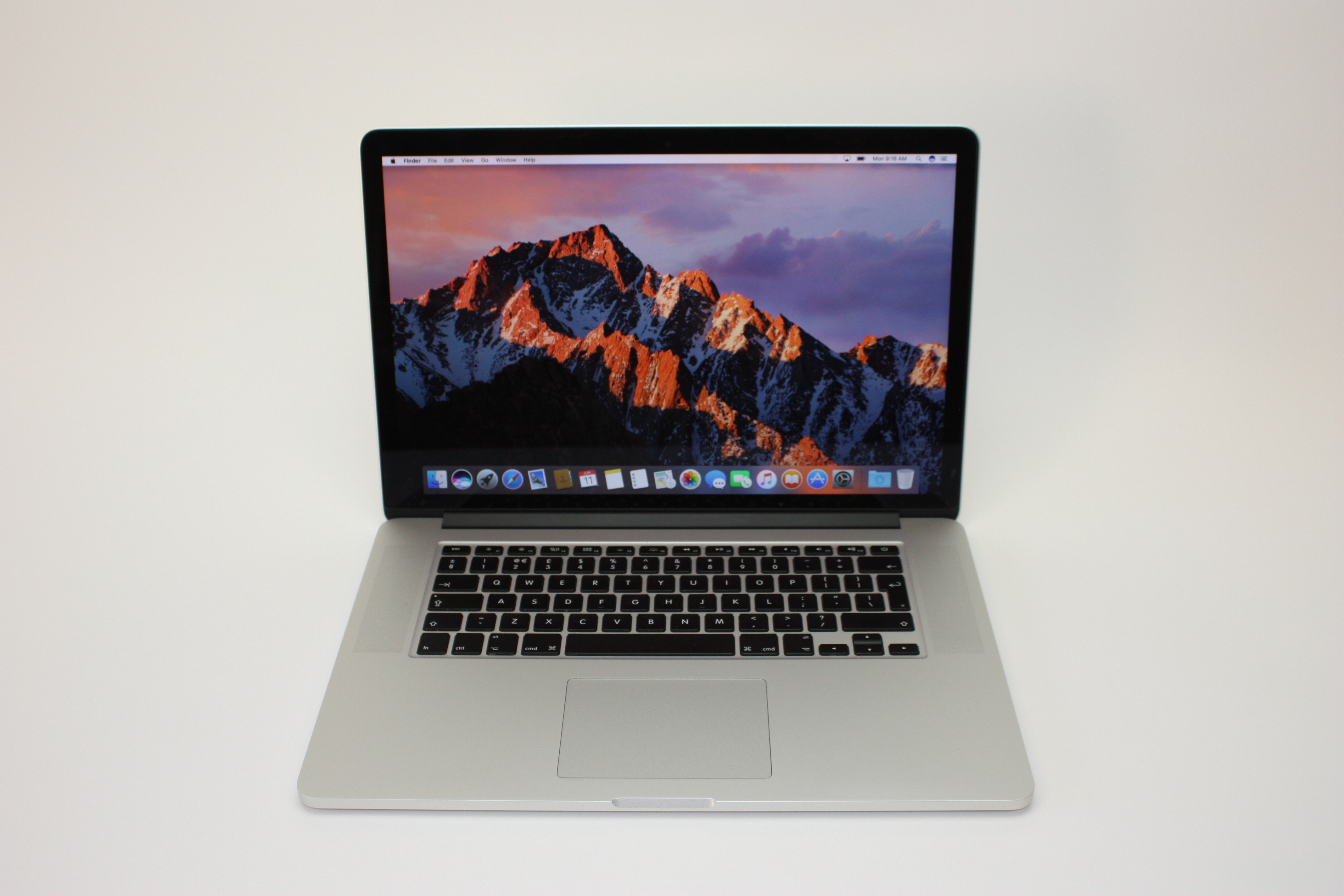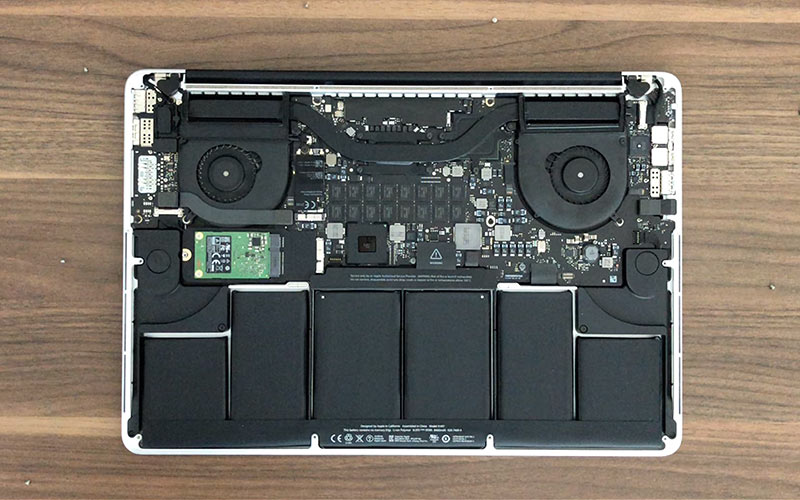



Most users are going to find 500 GB of storage more than enough, and I suspect the dual-core 2.5 GHz i5 processor is going to also be plenty of power for the vast majority of users. It’s disappointing that Apple doesn’t even offer that as an extra cost build-to-order option. Probably the biggest drawback of the 13″ MacBook Pro is its 1280 x 800 pixel 13.3″ display – exactly the same resolution as the first MacBook offered in 2006 and less than the 1440 x 900 included with the 13.3″ MacBook Air. Compare this with the Late 2011 13-incher, which has a 2.4 GHz dual-core i5, 4 GB of RAM, and a 500 GB hard drive at the same retail price and its faster 2.8 GHz twin, with the same 4 GB of memory and a 750 GB hard drive.įactor in USB 3 on the 2012 machines, and you’ve got a much faster data bus for backing up or booting from an external drive. The step-up model gives you a 2.9 GHz dual-core i7, 8 GB of memory (Apple’s stated maximum, although OWC can sell you 16 GB), and a 750 GB hard drive. The new entry-level 13″ MacBook Pro has a 2.5 GHz dual-core Intel Core i5 CPU, 4 GB of system memory, and a 500 GB hard drive in its base $1,199 configuration.

On the down side, the new SSDs use a different connector than earlier ones, so no third-party alternatives will be available for a while.Īs the new models are so new, we haven’t seen any benchmarks yet, so we’ll have to make some educated guesses along the way. On the SSD front, it looks like Apple has adopted SandForce-based SSDs* with 6 Gb/s SATA Revision 3, so you’ll see the maximum possible SSD performance. 10x is simply the maximum improvement you’ll see. Bear in mind that just because USB 3 has 10x the bandwidth of USB 2.0 doesn’t mean the drives themselves will have 10x higher throughput. USB 3 has 10x the bandwidth of USB 2.0 and half that of Thunderbolt, which should be perfect for most users. USB 3 is a biggie, as USB 3 drives have been available for quite a while and are far less costly than Thunderbolt drives. 12), and Apple is claiming up to 60% improvement there. HD 4000 graphics has one-third more cores than 3000 (16 vs. Ivy Bridge means a bit more processing power and improved energy consumption. Yesterday Apple overhauled its entire notebook line, moving everything to Ivy Bridge CPUs with Intel HD Graphics 4000 and USB 3.


 0 kommentar(er)
0 kommentar(er)
